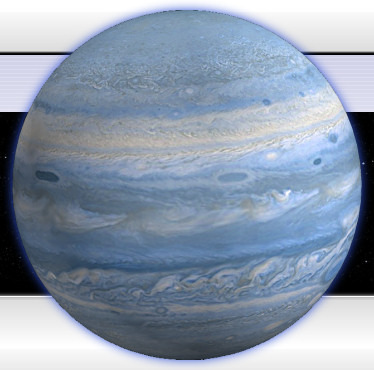
Hence, it is necessary to remove the early heat very rapidly and convection seems the only process capable of bringing heat from planetary interiors to the surface in a short time interval (≤ 50 Myr) to escape complete melting. Long-lived isotopes, principally 40K, 235U, 238U, and 232Th, are important heat producers throughout planetary history.īecause volatiles are retained in the terrestrial planets it is unlikely that they were ever completely molten. Short-lived radioactive isotopes, such as 26Al and 244Pu, may have contributed significant quantities of heat to planets during accretion. Radioactive isotopes liberate significant amounts of heat during decay. Most of these changes are exothermic as discussed in Chapter 3, and large amounts of energy are liberated into planetary interiors. As a planet grows, the interior is subjected to higher pressures and minerals undergo phase changes to phases with more densely packed structures. Accretional energy alone appears to have been sufficient, if entirely retained in the planet, to largely melt the terrestrial planets while they were accreting. This energy is dependent upon impact velocities of accreting bodies and the amount of input energy retained by a growing planet. Where does the heat come from to melt the planets and asteroids? Some of the major known heat sources are as follows: (1)Īccretional energy. If homogeneously accreted, how do the terrestrial planets become zoned? It must be by melting, which results in segregation by such processes as fractional crystallization and sinking of molten iron to the core. Likewise, the giant outer planets are composed of mixed silicates and ices, reducing their densities dramatically. Mars has a still lower density, and it is probably enriched in oxidized iron compounds relative to Earth and Venus. The lower mean density of Venus and Earth is consistent with this prediction. If, for instance, volatiles were blown outward when Mercury was accreting refractory oxides, metal, and Mg-silicates, Venus and Earth should be enriched in volatile components compared to Mercury. Homogeneous accretion models produce an amazingly good match between predicted and observed planetary compositions. Refractory oxides, metals, and Mg-silicates are enriched in the inner part of the cloud where Mercury accretes Mg-Fe silicates and metal in the region from Venus to the asteroids and mixed silicates and ices in the outer part of the nebula where the giant planets accrete. 10.1 ) and this is reflected in planetary compositions.


Compositional zoning in the solar molecular cloud is caused by decreasing temperature outward from the Sun ( Fig. In homogeneous accretion models condensation is essentially complete before accretion begins ( Taylor, 1999 Drake, 2000).


 0 kommentar(er)
0 kommentar(er)
